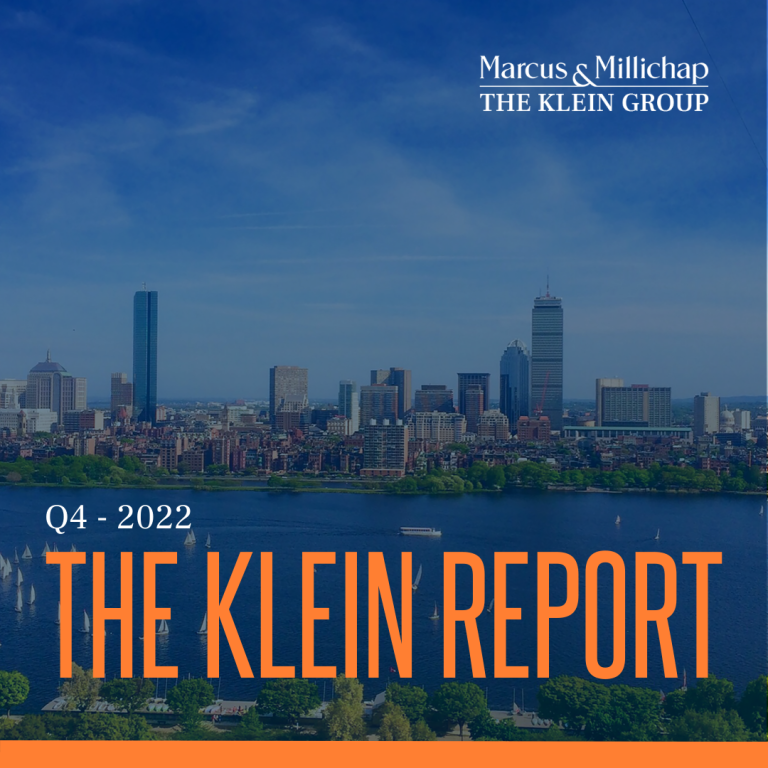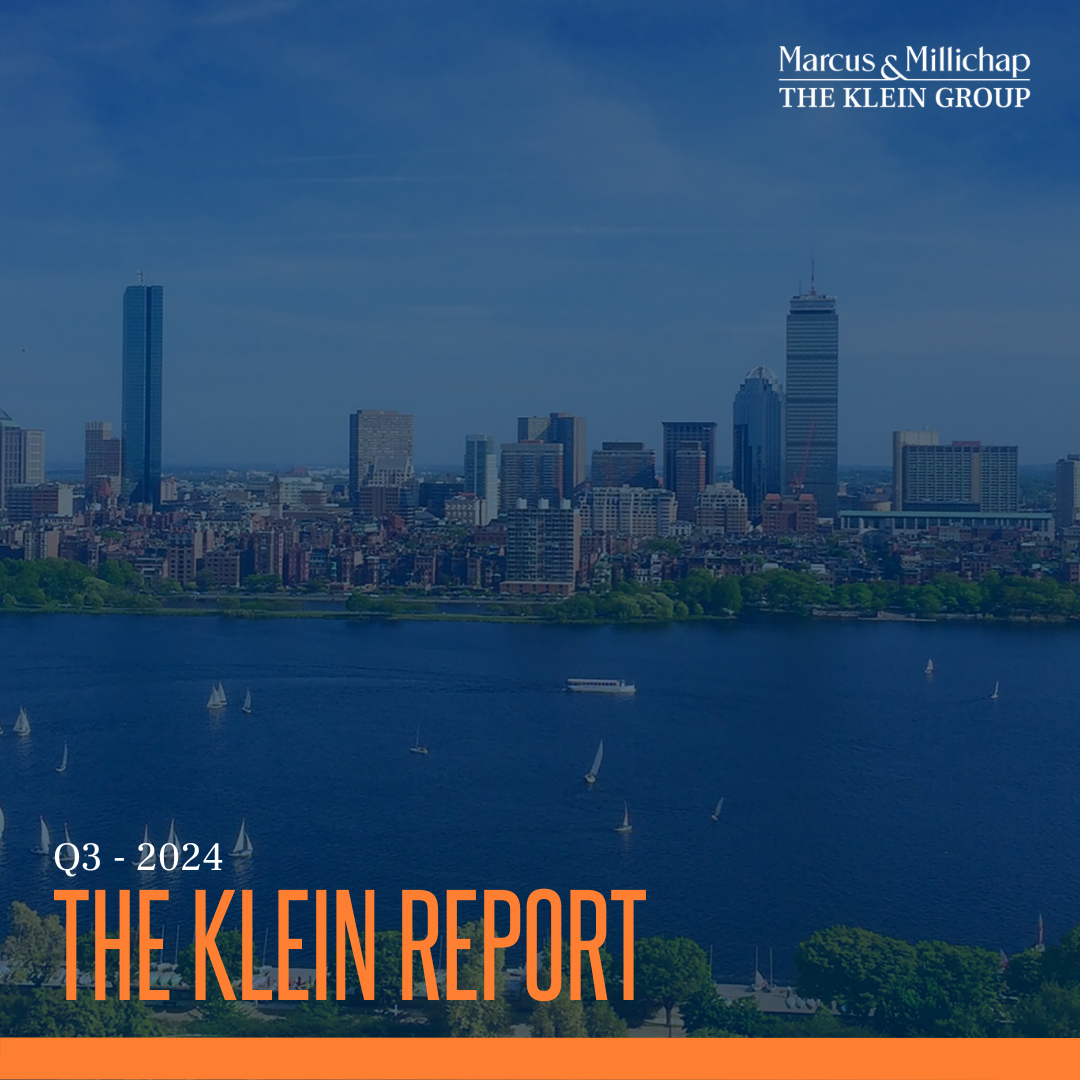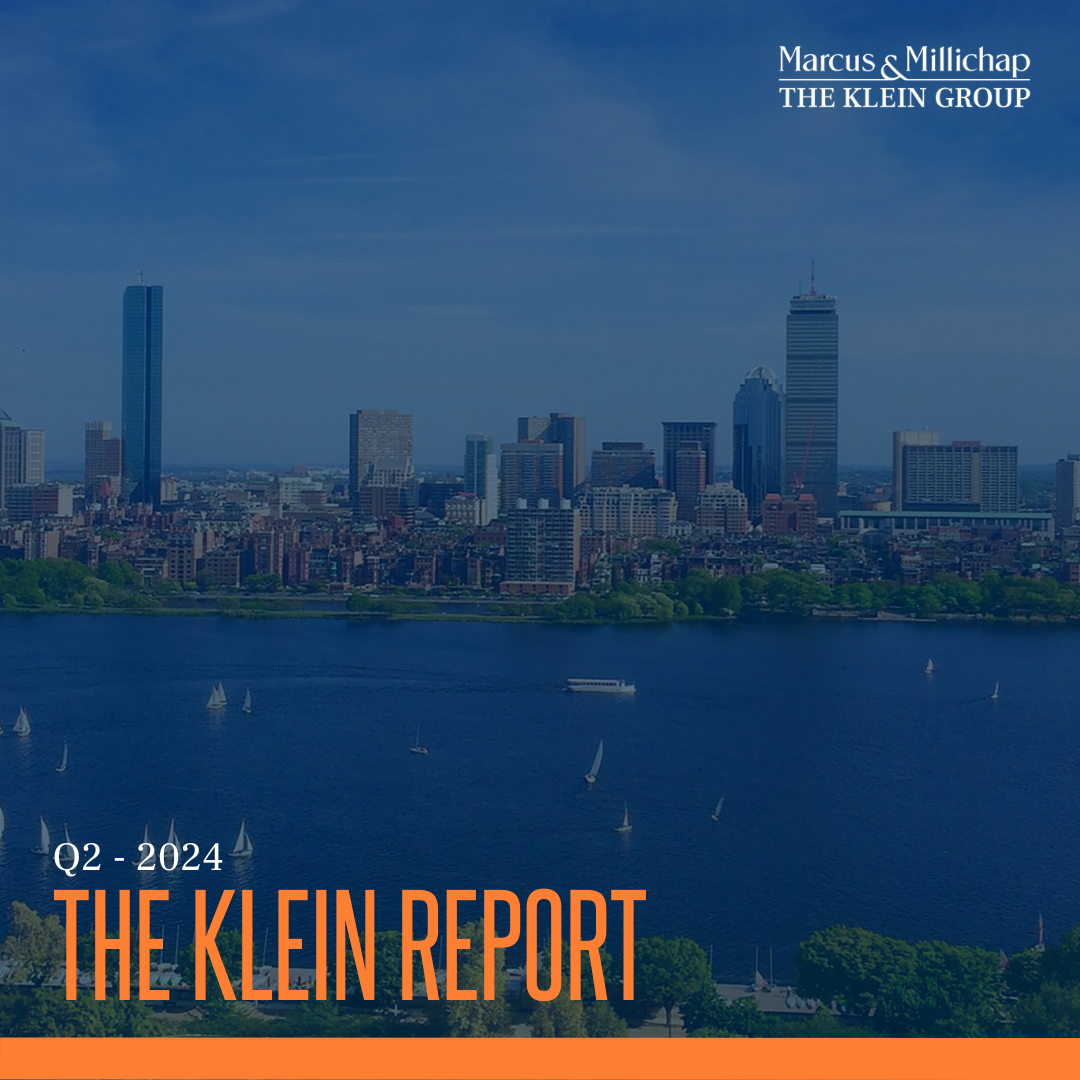The market is better than you might be reading. Institutional transaction volume is down over 70% from 2022 highs. Large industrial and multi-family development sites have seen values fall 20-40% since highs achieved last summer. Buyers are trying to buy at cap rates no lower than the prevailing borrowing costs for value-add offerings. Less aggressive buyers are attempting to buy at cap rates that reflect the debt constant (currently close to 7.5%).
We focus on transactions in the $1-25 million range. These assets typically appeal to private clients, syndicators, and 1031 exchange buyers. These buyers have held steady with cap rates in the 6-7.5% range for industrial and 6.75-8.5% for office buildings. Buyers are primarily looking for durable rent rolls. Significant concerns remain about the potential economic downturn and a correlated weakness in the leasing markets. 1031 exchange buyers remain prevalent and continue to push pricing for quality assets. A recent process that we ran for a 48,000 SF industrial building south of Boston generated seven offers within four weeks. This is an indicator of the strong investor demand for quality assets.
Development remains concentrated around large 100,000 SF industrial buildings or hyper-specialized office/lab assets. High construction costs have kept developers from delivering modern space for smaller tenants. This has resulted in massive rent growth. In some markets, rents have doubled in the past five years. While the consensus is that rent growth will moderate in 2023, data has not bore this out yet. The market remains heavily tilted in the landlord’s direction for all but the largest industrial spaces. Barring a major recession, we expect rents to continue to increase through 2023 as the market looks to find equilibrium.
Owners should be on the lookout for soaring operating costs and push to convert any gross leases to NNN. Buyers should be repricing capital projects, such as roof replacement. We recently saw a roof quote of $18/SF, almost double pre-pandemic pricing.
Owners should have a proper understanding of their existing financing, specifically loan maturity dates. Many investors will see borrowing costs increase by 200 basis points or more when refinancing. Reviewing how this will impact cash flow is critical. If you are interested in a stress test of your investment at various interest rates, please reach out to Harrison.Klein@MarcusMillichap.com for a complementary analysis.
Click the link below to read the full report!
https://drive.google.com/file/d/1jdOJPpKzHgtwtXLigI5ywDT4IZkR8A6D/view?usp=sharing




